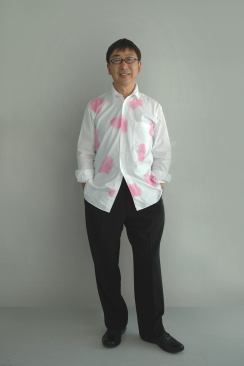
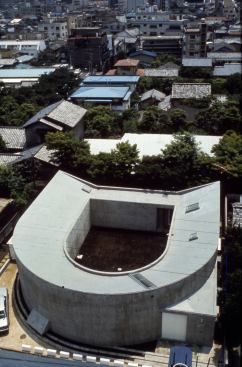
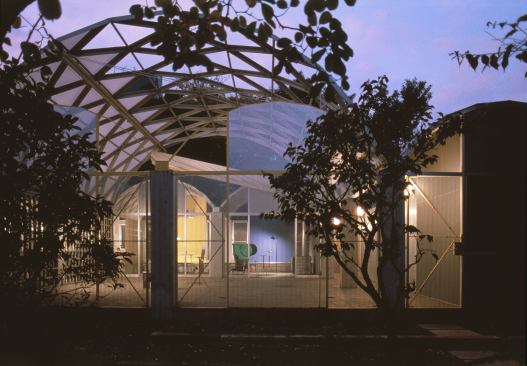
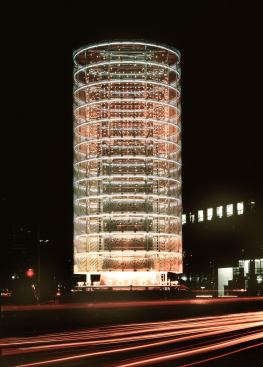
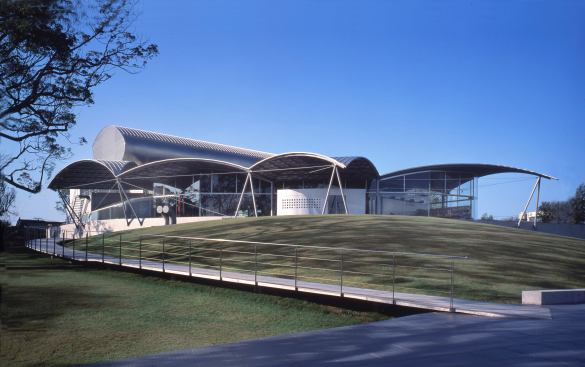
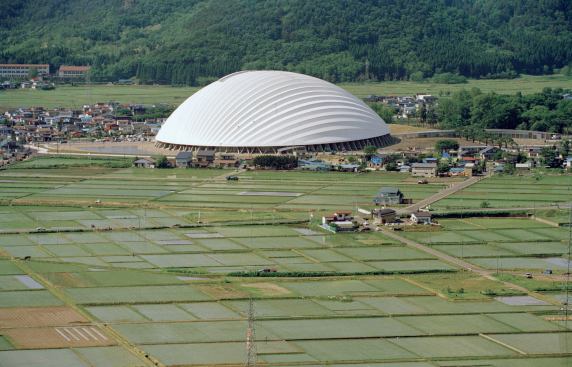
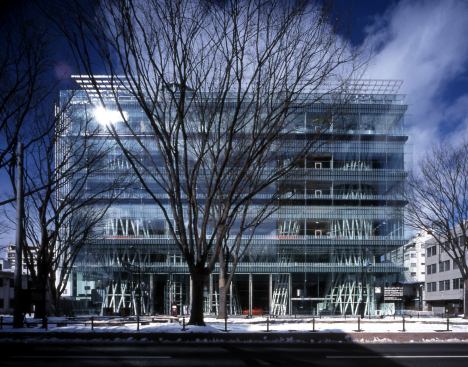
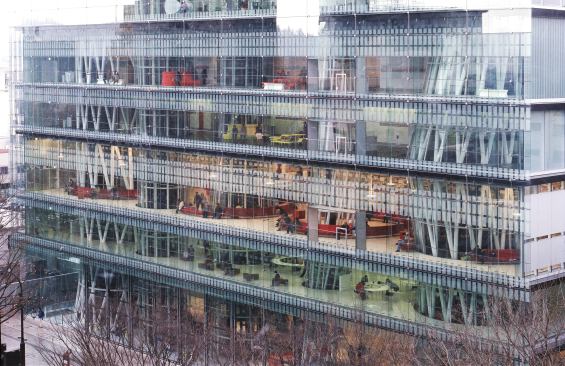
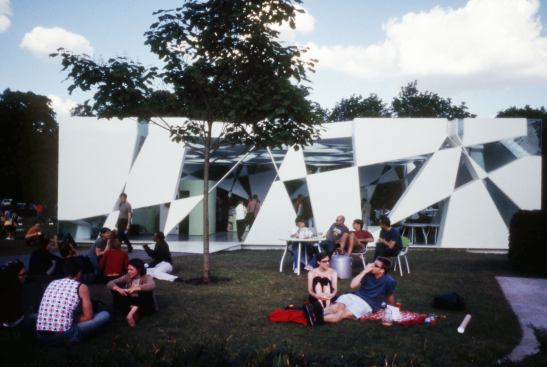
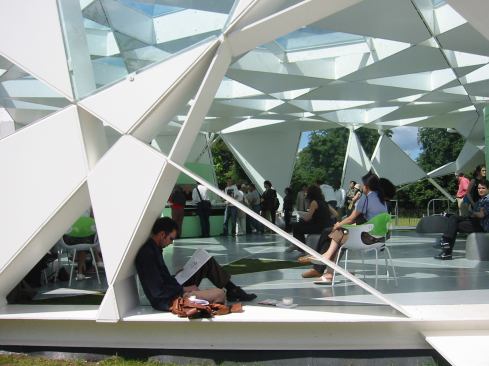
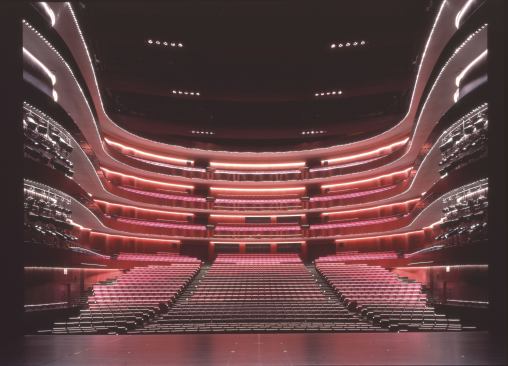
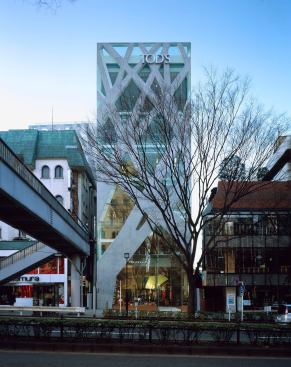
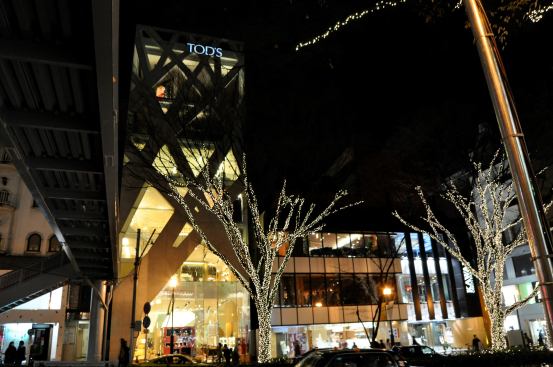
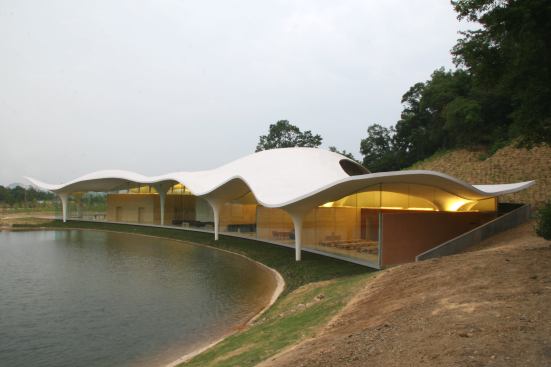
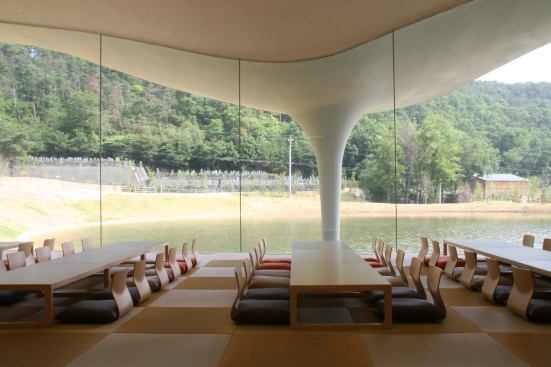
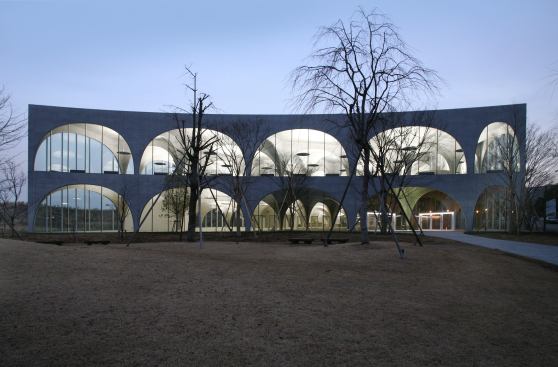
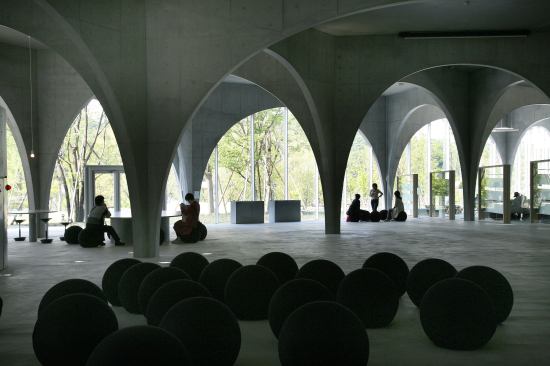
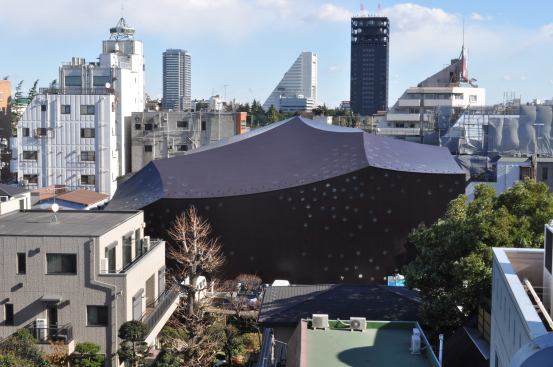
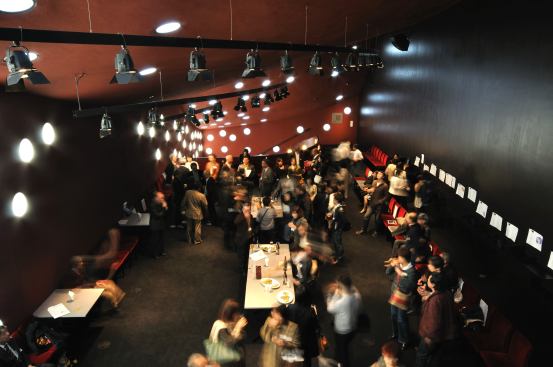
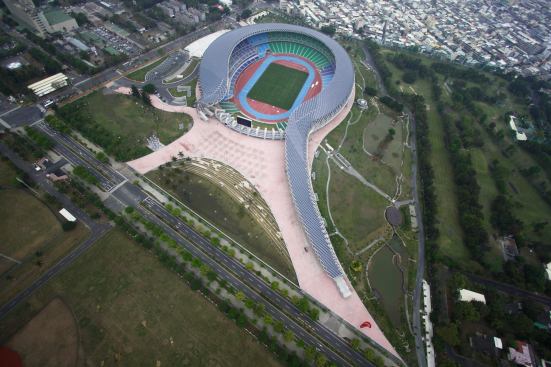
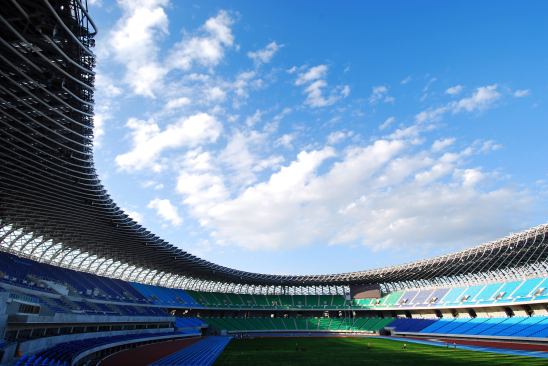
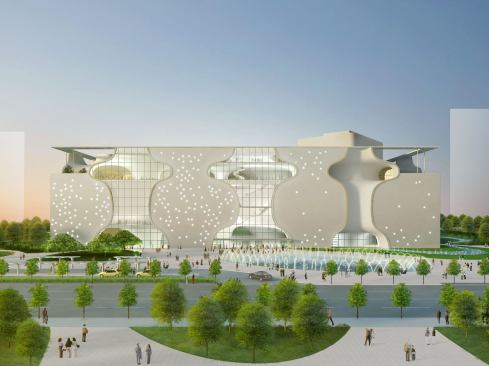
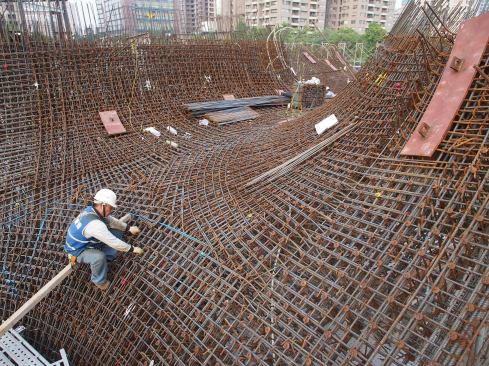
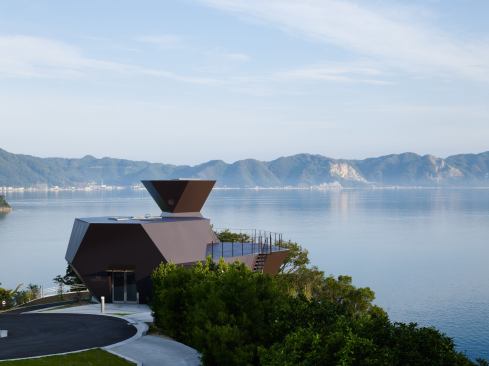
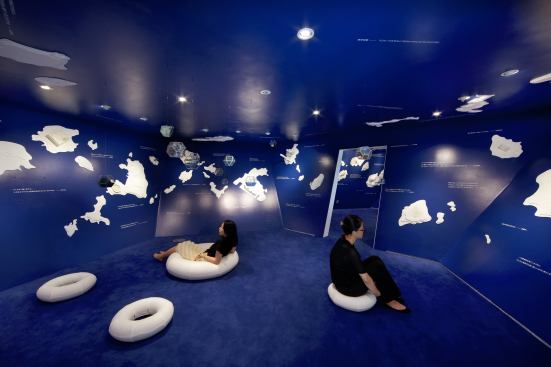
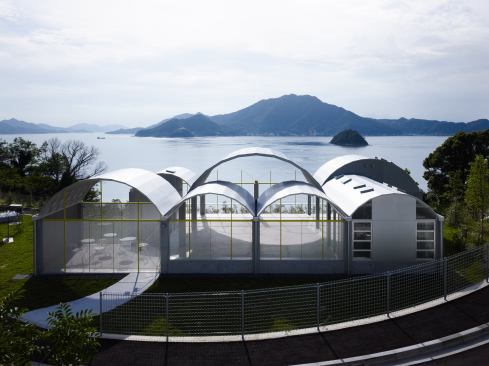
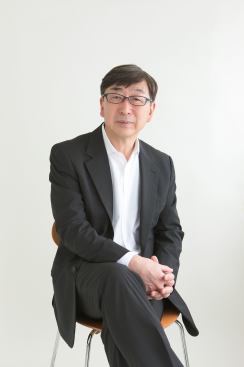
Courtesy Toyo Ito & Associates Architects
Toyo Ito, Hon. FAIA.
Courtesy Toyo Ito & Associates Architects / Photo by Koji Taki
White U (house), Nakano-ku, Tokyo, Japan, 1976.
Courtesy Toyo Ito & Associates Architects / Photo by Tomio Ohashi
Silver Hut (house) Nakano-ku, Tokyo, Japan, 1984.
Courtesy Toyo Ito & Associates Architects / Photo by Tomio Ohashi
Tower of Winds, Yokohama-shi, Kanagawa, Japan, 1986.
Courtesy Toyo Ito & Associates Architects / Photo by Tomio Ohashi
Yatsushiro Municipal Museum, Yatsushiro-shi, Kumamoto, Japan, 19… Yatsushiro Municipal Museum, Yatsushiro-shi, Kumamoto, Japan, 1991.
Courtesy Toyo Ito & Associates Architects / Photo by Mikio Kamaya
Dome in Odate, Odate-shi, Akita, Japan, 1997.
Courtesy Toyo Ito & Associates Architects / Photo by Nacasa and Partners
Sendai Mediatheque, Sendai-shi, Miyagi, Japan, 2000.
Courtesy Toyo Ito & Associates Architects / Photo by Tomio Ohashi
Sendai Mediatheque, Sendai-shi, Miyagi, Japan, 2000.
Courtesy Toyo Ito & Associates Architects
2002 Serpentine Gallery Pavilion, London.
Courtesy Toyo Ito & Associates Architects
2002 Serpentine Gallery Pavilion, London.
Courtesy Toyo Ito & Associates Architects / Photo by Hiroshi Ueda
Matsumoto Peforming Arts Center, Matsumoto-shi, Nagano, Japan, 2… Matsumoto Peforming Arts Center, Matsumoto-shi, Nagano, Japan, 2004.
Courtesy Toyo Ito & Associates Architects / Photo by Nacasa and Partners
Tod’s Omotesando Building, Shibuya, Tokyo, 2004.
Courtesy Deane Madsen
Tod’s Omotesando Building, Shibuya, Tokyo.
Courtesy Toyo Ito & Associates Architects
Meiso no Mori Municipal Funeral Hall, Kakamigahara-shi, Gifu, Ja… Meiso no Mori Municipal Funeral Hall, Kakamigahara-shi, Gifu, Japan, 2006.
Courtesy Toyo Ito & Associates Architects
Meiso no Mori Municipal Funeral Hall, Kakamigahara-shi, Gifu, Ja… Meiso no Mori Municipal Funeral Hall, Kakamigahara-shi, Gifu, Japan, 2006.
Courtesy Toyo Ito & Associates Architects / Photo by Tomio Ohashi
Tama Art University Library, Hachioji-shi, Tokyo, Japan, 2007.
Courtesy Toyo Ito & Associates Architects / Photo by Tomio Ohashi
Tama Art University Library, Hachioji-shi, Tokyo, Japan, 2007.
Courtesy Toyo Ito & Associates Architects
Za-Koenji Public Theatre, Suginami-ku, Tokyo, Japan, 2008.
Courtesy Toyo Ito & Associates Architects
Za-Koenji Public Theatre, Suginami-ku, Tokyo, Japan, 2008.
Courtesy Toyo Ito & Associates Architects / Photo by Fu Tsu Construction Co.
Main Stadium for The World Games 2009, Kaohsiung, Taiwan, 2009.
Courtesy Toyo Ito & Associates Architects / Photo by Fu Tsu Construction Co.
Main Stadium for The World Games 2009, Kaohsiung, Taiwan, 2009.
Courtesy Toyo Ito & Associates Architects / Rendering by kuramochi+oguma
Taichung Metropolitan Opera House, Taichung, Taiwan (in progress… Taichung Metropolitan Opera House, Taichung, Taiwan (in progress).
Taichung Metropolitan Opera House, Taichung, Taiwan (in progress… Taichung Metropolitan Opera House, Taichung, Taiwan (in progress).
Courtesy Toyo Ito & Associates Architects / Photo by Daici Ano
Toyo Ito Museum of Architecture, Steel Hut, Imabari-shi, Ehime, … Toyo Ito Museum of Architecture, Steel Hut, Imabari-shi, Ehime, Japan, 2011.
Courtesy Toyo Ito & Associates Architects / Photo by Daici Ano
Toyo Ito Museum of Architecture, Steel Hut, Imabari-shi, Ehime, … Toyo Ito Museum of Architecture, Steel Hut, Imabari-shi, Ehime, Japan, 2011.
Courtesy Toyo Ito & Associates Architects / Photo by Daici Ano
Toyo Ito Museum of Architecture, Silver Hut, Imabari-shi, Ehime,… Toyo Ito Museum of Architecture, Silver Hut, Imabari-shi, Ehime, Japan, 2011.
Courtesy Toyo Ito & Associates Architects / Photo by Yoshiaki Tsutsui
Toyo Ito, Hon. FAIA.